The Best TV Shows on RCTV
Every RCTV Show Ranked From Best To Worst
As of December 2025, our compilation of RCTV’s top-rated series boasts over 20 unique shows. Among RCTV’s finest offerings are Topacio and Abigail, which debuted in 1984 and 1988, respectively. Showcasing over 20 shows from 1984 up until 2007, RCTV stands as a beacon of television excellence.
 Llovizna (1997)8.0
Llovizna (1997)8.0Llovizna is a 1997 telenovela from Venezuela, starring Scarlet Ortiz and Luis Fernandez. It was produced by the now defunct RCTV. This telenovela contained 145 episodes.
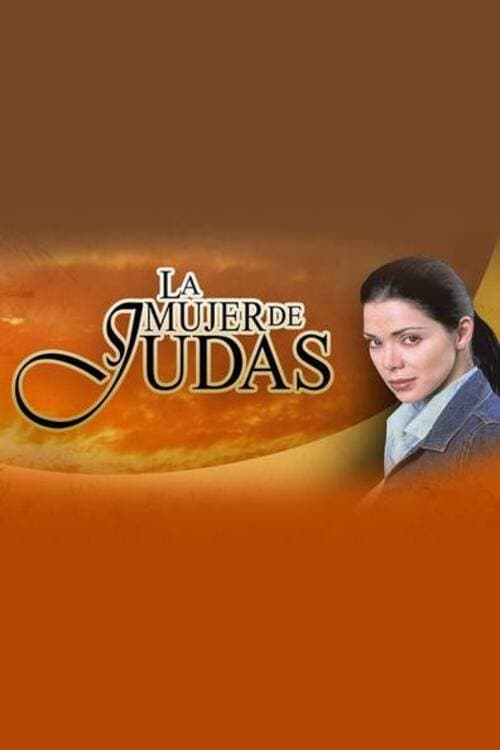 La mujer de Judas (2002)7.9
La mujer de Judas (2002)7.9La Mujer de Judas or The Wife of Judas is a telenovela produced by RCTV in Venezuela in 2002. Astrid Carolina Herrera, Chantal Baudaux, Juan Carlos Garcia are playing the main characters and it was directed and created by Martin Hahn. It consists of 126 episodes.
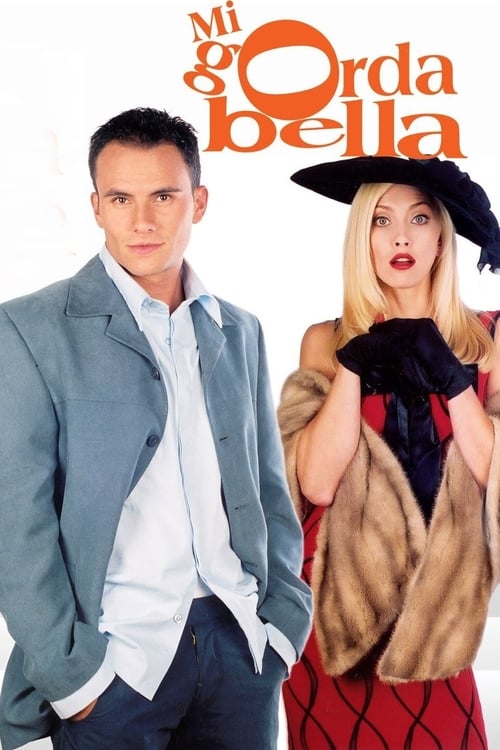 My Sweet Fat Valentina (2002)7.6
My Sweet Fat Valentina (2002)7.6A loving overweight woman must overcome the obstacles in the way between her and her true love.
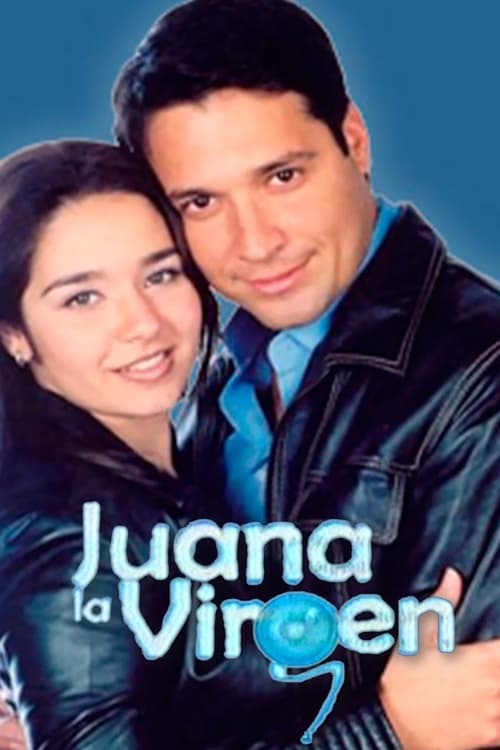 Juana la virgen (2002)7.3
Juana la virgen (2002)7.3Juana la Virgen is Venezuelan telenovela written by Perla Farias and Irene Calcaño Cristina Policastro Basilio Alvarez, German Aponte and Julio Cesar Marmol Jr. and directed by Perla Farias and Tony Rodrigues. It is distributed by RCTV International all over the world.
 Viva la Pepa! (2000)7.0
Viva la Pepa! (2000)7.0 Toda una dama (2007)7.0
Toda una dama (2007)7.0Toda una dama is a successful Venezuelan telenovela produced and broadcast on RCTV International in 2007. The telenovela is a remake of Señora, an original story written by renowned telenovela author José Ignacio Cabrujas. This new verison was adapred by Iris Dubs and starred Christina Dieckmann and Ricardo Álamo as the main protagonists with Nohely Arteaga starred as the main antagonist.
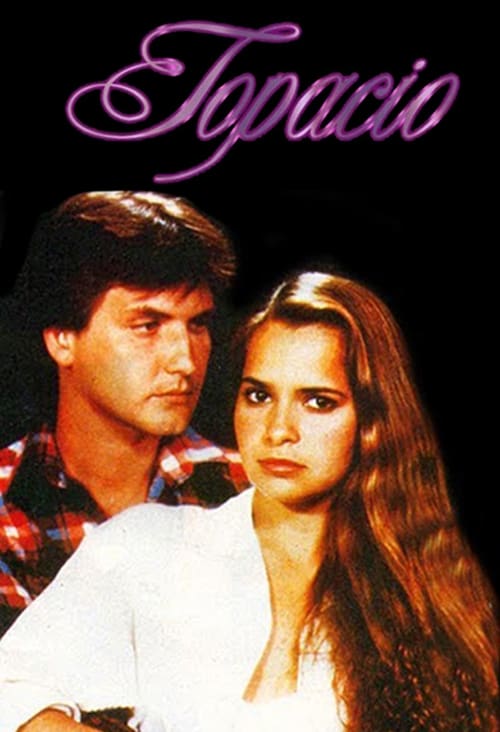 Topacio (1984)6.8
Topacio (1984)6.8Topacio is a 1984 Venezuelan telenovela produced and broadcast by Radio Caracas Televisión. It is a remake of Esmeralda, a 1970s telenovela produced by rival network Venevisión, which in turn has been remade twice. Topacio was written by Benilde Avila, Milagros del Valle, Ana Mercedes Escámez, and Delia Fiallo and directed by Luis Alberto Lamata and Luis Manzo. This telenovela lasted 181 episodes and was distributed internationally by RCTV International. It was also aired in Mexico's Canal 5 at 8 p.m. in 1985 and throughout Latin America, Spain and other countries.
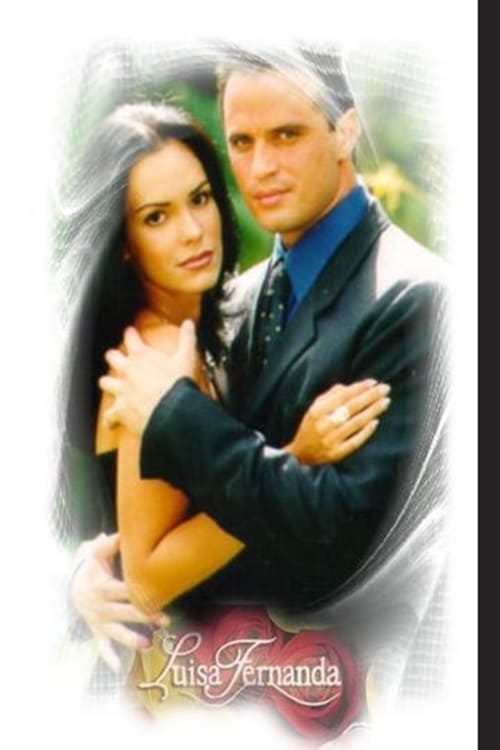 Luisa Fernanda (1999)6.8
Luisa Fernanda (1999)6.8Luisa Fernanda is a Venezuelan telenovela that was produced by and seen on Venezuela's Radio Caracas Televisión. The writers of this telenovela are Xiomara Moreno, Luis Colmenares, Rossana Negrín, Xiomara Moreno. Its directors were Otto Rodríguez and Mateo Manaure. This telenovela lasted 130 episodes and was distributed internationally by RCTV International. It was a very loose version of the 1988's successful telenovela, Abigail.
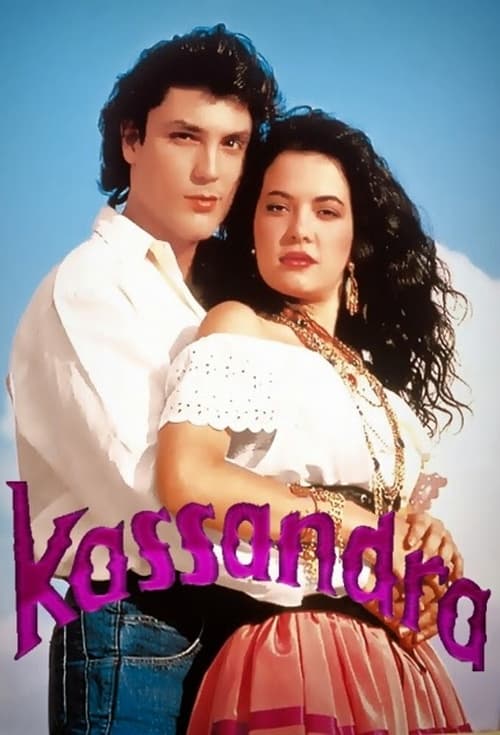 Kassandra (1992)6.6
Kassandra (1992)6.6Kassandra is a Venezuelan telenovela, written by Delia Fiallo and directed by Grazio D'Angelo and Olegario Barrera, involving a gypsy maiden marrying into a rich family. She does not realize, however, that she is the granddaughter of the man in the house. Her husband is killed on her wedding night, and she is blamed for the murder. Kassandra lasted 150 episodes between October 1992 and May 1993, and it achieved a significant amount of success outside Venezuela; it was extremely successful in its later airings in Italy, Russia, former Eastern Bloc nations, the republics of the former Yugoslavia, as well as the Middle East, south and east Asia. The 2005-2006 Televisa telenovela Peregrina is a remake of this show. This was the only Hispanic telenovela dubbed in Cebuano and Hiligaynon languages in Visayas and Mindanao in the Philippines, aired by GMA Iloilo, Cebu and Davao.
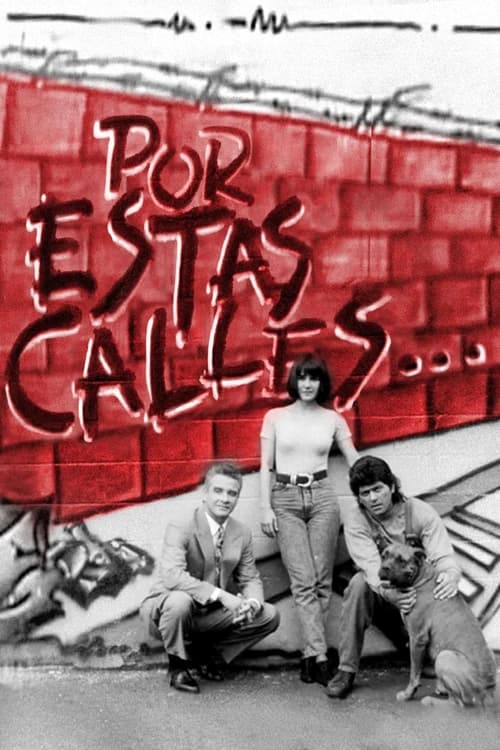 Por Estas Calles (1992)6.0
Por Estas Calles (1992)6.0Por Estas Calles is a telenovela broadcast by Radio Caracas Televisión between 1992 and 1994. It was extremely popular in Venezuela, due to its very realistic approach to the day-to-day life of the country and local tone. It was the first Venezuelan program to give a realistic view of the corruption in political life, as well as the first to show the day-to-day life in the poor barrios. For example, it showed the impact on poor people's lives of the intermittent water supply, showing community meetings and lovers' trysts cut short by the news that the water was on, sending everyone running to fill storage tanks and barrels. It was considered by the Spanish edition of the magazine Rolling Stone as the 8th best show between the 100 Best TV Shows Ever in all Latin America. It is believed to be the longest telenovela ever produced in Venezuela.
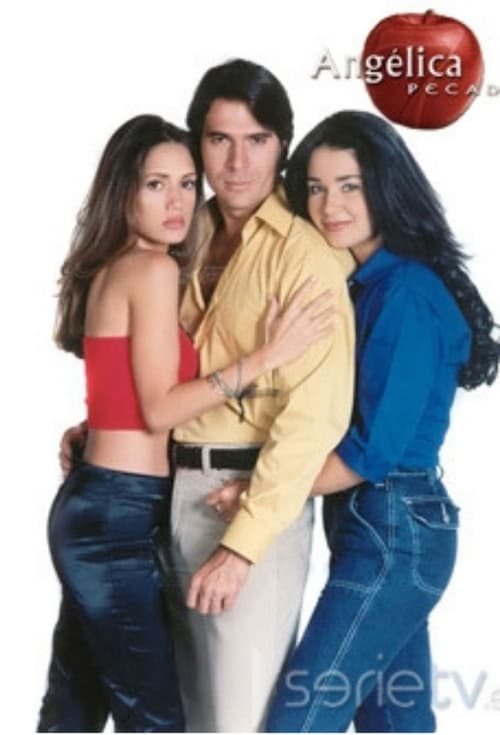 Angélica Pecado (2000)6.0
Angélica Pecado (2000)6.0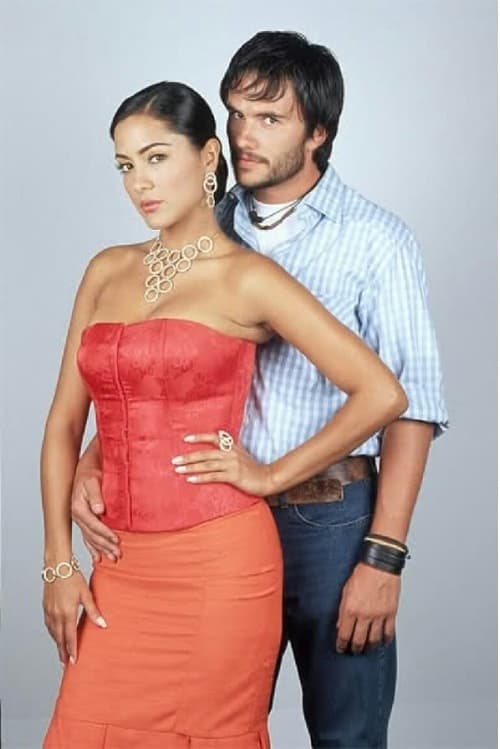 Estrambótica Anastasia (2004)5.0
Estrambótica Anastasia (2004)5.0Estrambotica Anastasia is a Venezuelan telenovela, produced by Coral International for Radio Caracas Television in 2004. It was written by Martin Hahn, who is known for telenovelas like "La mujer de Judas" y Amor a Palos". It lasted for 146 episodes, and was broadcast Monday to Friday on Radio Caracas Television.
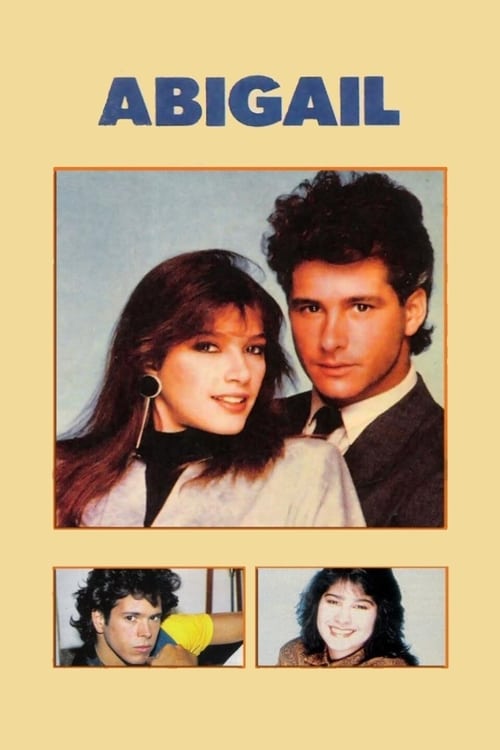 Abigail (1988)3.5
Abigail (1988)3.5Abigail is a Venezuelan telenovela that was produced by and seen on Venezuela's Radio Caracas Televisión. It was written by Elizabeth Alezard, Alberto Gómez, Mariana Luján, Amparo Montalva, and María Helena Portas and directed by Tito Rojas. This telenovela lasted 257 episodes and was distributed internationally by RCTV International.
 Ser bonita no basta (2005)3.2
Ser bonita no basta (2005)3.2Ser Bonita No Basta is a 2005 Venezuelan telenovela produced by RCTV and distributed internationally by RCTV International. Marjorie De Sousa and Ricardo Álamo star as the main protagonists while Fedra López and Hugo Vasquez star as the main antagonists.
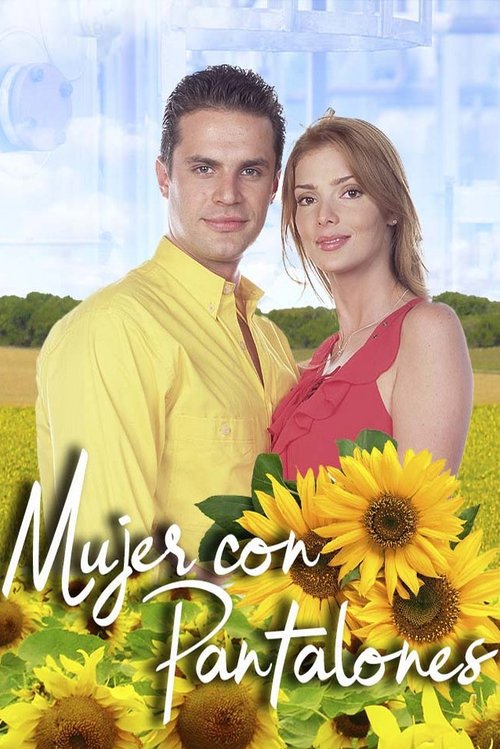 Mujer con pantalones (2004)3.0
Mujer con pantalones (2004)3.0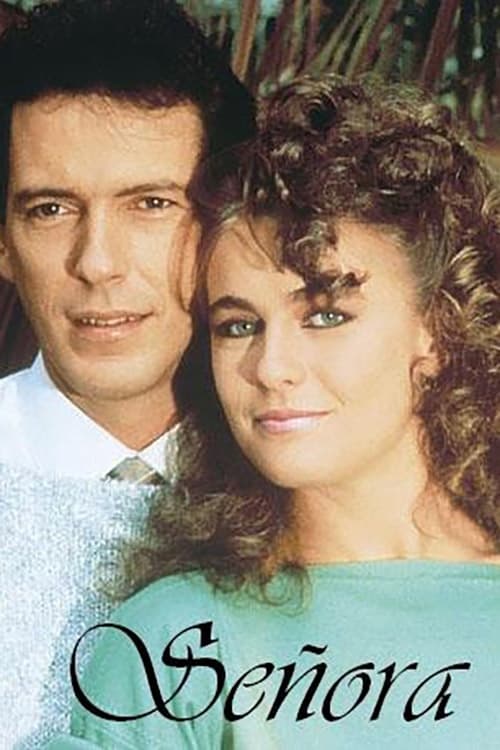 Señora (1988)N/A
Señora (1988)N/ASeñora is a Venezuelan telenovela that was produced by and broadcast on Venezuela's Radio Caracas Televisión. It was written by José Ignacio Cabrujas, Ibsen Martínez, Cristina Policastro, and Eliseo Morales and directed by Luis Alberto Lamata and Aura Guevara. The series lasted 229 episodes and was distributed internationally by RCTV International.
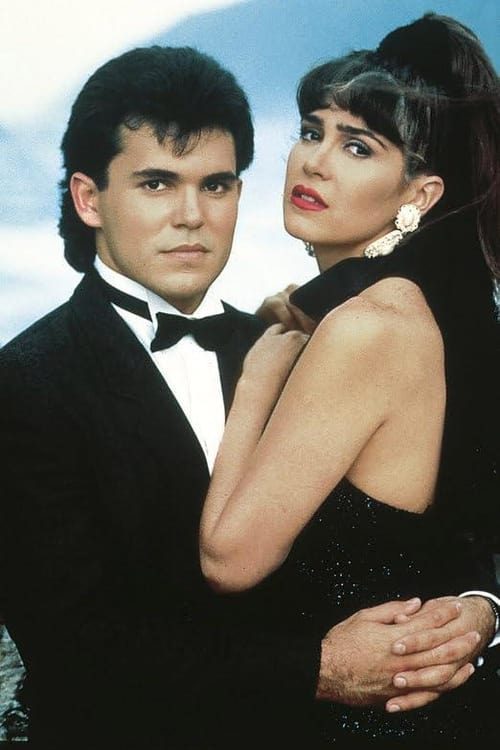 Caribe (1990)N/A
Caribe (1990)N/ACaribe is a Venezuelan telenovela that was produced by and seen on Venezuela's Radio Caracas Televisión. The original idea for this telenovela was by Mariela Romero. Carlos Alfredo Sanchez was in charge of scenery, Carlos Bolivar was in charge of general produccion, Genaro Escobar was the executive producer, and Ibrahím Guerra, and Reinaldo Lancaster were its directors. This telenovela lasted 176 episodes and was distributed internationally by RCTV International.
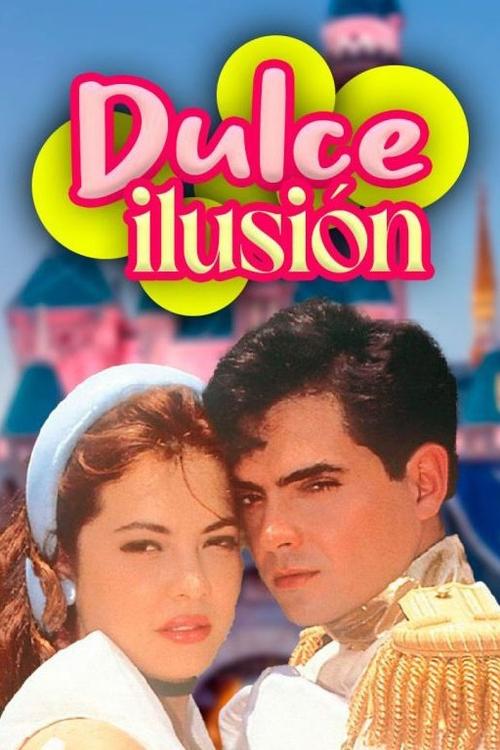 Dulce Ilusión (1993)N/A
Dulce Ilusión (1993)N/ADulce Illusion is a Venezuelan telenovela that was produced by and seen on Venezuela's Radio Caracas Televisión. It was written by Mariela Romero. This telenovela lasted between 198 and 92 episodes and was distributed internationally by RCTV International. This was the first telenovela to use Venezuelan cartoons with real people, in fact, it’s the only one in the history of Venezuelan soap operas, and the great success of this RCTV’s material is partly due to the big innovation of the cartoons. The animated characters were developed by the legendary animator Felix Nakamura and his team.
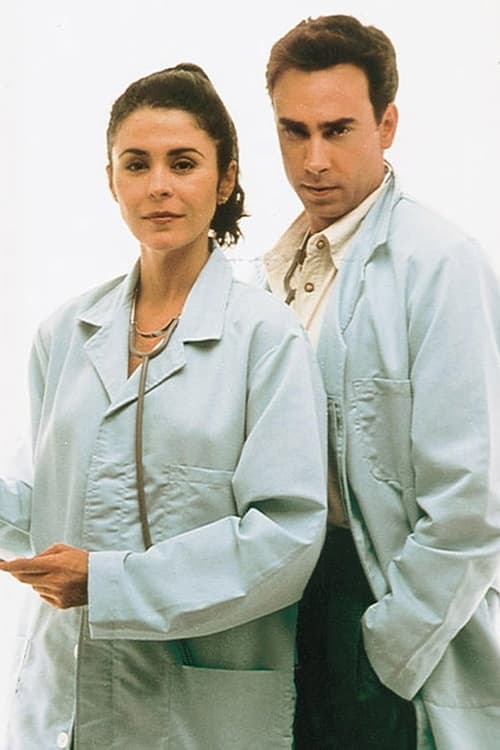 Alejandra (1994)N/A
Alejandra (1994)N/A Queen of Hearts (1998)N/A
Queen of Hearts (1998)N/AMarlene Paez is a beautiful model who transcended many levels of pain and misery to reach international success. But fame is not enough, and her empty heart is divided both by her love for Santiago Porras and her search for the truth about her past.